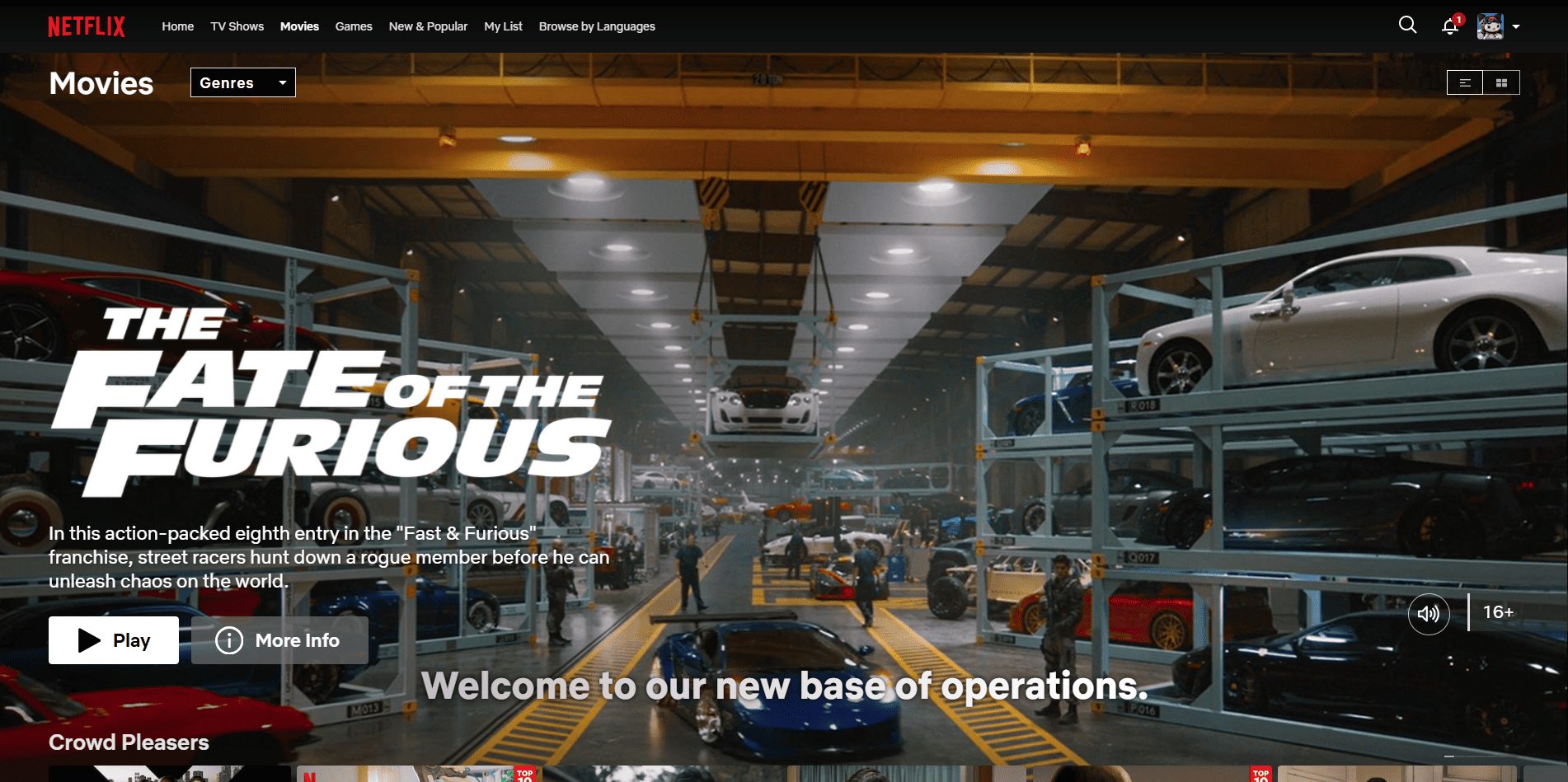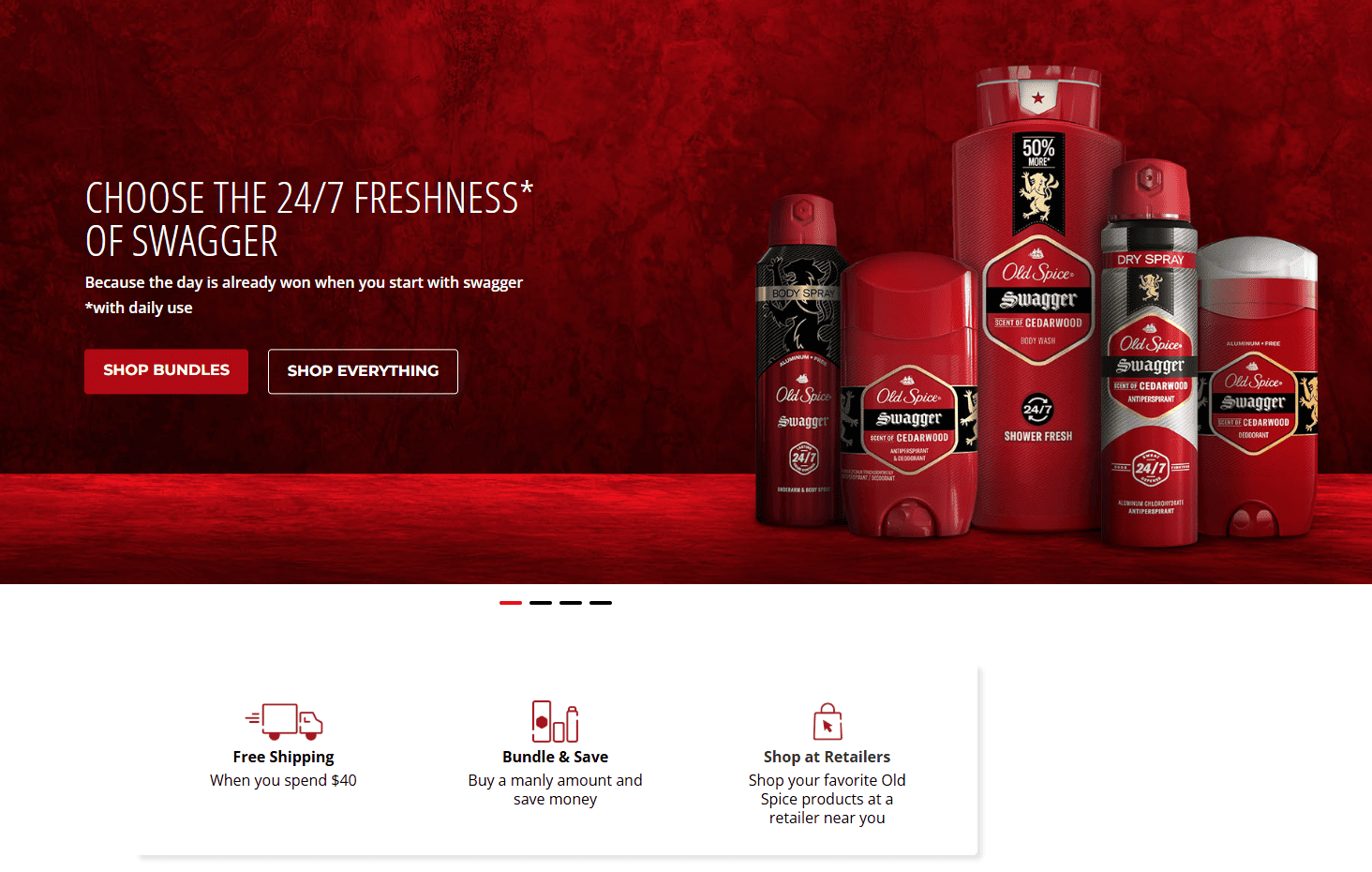Establishing sustainable success in today’s rapidly changing landscape is no easy task. The key principle to success in business lies in recognizing patterns, adapting with intent, and building strategies that endure. Rather than chasing every passing trend, businesses must focus on what truly drives long-term growth.
Key takeaways
- Not every raw data is helpful. Instead, you should focus on long-term patterns and separate genuine opportunities from short-lived distractions.
- Use consumer insights, feedback, and behavioural trends to adjust strategies thoughtfully, ensuring changes align with business goals.
- Anchor your business on what you do best while innovating selectively, creating value that lasts beyond temporary trends.
How to Differentiate Trend, Noise, and Business Cycle
To thrive in business, it’s essential to distinguish between trends, noise, and business cycles. Mastering this skill is one of the core principles of success in business, which is why we’ve outlined the key insights for you below.
1. Trends
A trend reflects a sustained movement either upward or downward over a period of time. It does not need to follow a straight line, and sometimes we describe it as “changing direction” when it shifts from growth to decline or the other way around.
2. Noise
Noise refers to the leftover variability in data that cannot be explained by trends, seasonality, or cycles. It represents random, irregular fluctuations that often arise from errors or outliers and may obscure the real patterns.
3. Business Cycle
Cycles are patterns of rises and falls in data that occur over longer, irregular periods and are often shaped by economic or business conditions. For example, an economic recession that spans several years but does not occur at predictable intervals is considered a cycle.
Also Read: 12 Reasons Why Smart People Fail in Business and How to Avoid It
How to Spot Customer Changing Behavior
Understanding customer behavior is the key principle to success in business in today’s competitive market. Follow these handy steps to ensure your strategies are effective.
1. Collect your Data
Centralize and consolidate customer data from sales, feedback, and social media to reveal behavior patterns. BrightLocal reports that 86% of consumers check reviews for local businesses, increasing to 95% among people aged 18 to 34. Use surveys and reviews to gain insights into motivations, preferences, and frustrations.
2. Analyzing the Data
Review customer service data such as ticket volume, response time, and satisfaction scores. Applying these insights is one of the principles for building a successful business, helping you forecast demand, allocate resources, and refine communication channels.
3. Build Voice of Customer
Consumer behavior data benefits more than support teams, as it’s vital for product and marketing, too. Voice of Customer (VoC) programs gather feedback from multiple sources, revealing motivations behind performance, guiding improvements, and helping identify quick operational fixes.
How to Leverage Trends without Falling with It
Trends can offer growth, but blindly chasing them risks failure. Evaluate whether they align with your brand, adapt rather than imitate, and test with data before scaling. Careful validation ensures trends strengthen your identity instead of distracting from strategy.
Incorporate trends without undermining core business foundations, and prepare an exit plan as hype fades. Resilient companies stay anchored to long-term cycles, using trends as tools for innovation rather than lifelines for survival.
Building a Strong Foundation on Weak Trends
Trends may fade quickly, yet firms with resilient foundations continue to thrive. Over-reliance on hype often leads to collapse, while resilient companies use trends as additions, not anchors. Research from McKinsey & Company shows that long-term strategy consistently outperforms reactive, short-term moves.
The key principle to success in business is having a solid foundation built on customer trust, flexible operations, and lasting value. Strong brand identity and loyal customer relationships provide stability, while real growth comes from improving core strengths instead of chasing temporary signals.
Also Read: 15 Brilliant Business Ideas for Students to Earn Money
5 Brands that Go Beyond Trends
See how 5 global brands thrived by focusing on their core strengths and long-term vision instead of chasing every passing trend too seriously.
1. Instagram

Instagram began as a location-based check-in app called Burbn, but it struggled to attract users. The founders made a bold pivot, narrowing the focus to photo sharing. That single feature turned Instagram into a global phenomenon, proving that simplicity often wins.
2. Netflix

Netflix shifted from mail-order DVDs to streaming in the late 2000s, a move that transformed entertainment forever. By investing in its platform and producing original content, it redefined itself as a streaming leader, pioneering binge-watching culture and challenging traditional broadcasters.
3. LEGO

In the early 2000s, LEGO faced near bankruptcy but made a remarkable comeback by refocusing on its core product—the brick—while expanding through franchise licensing, movies, digital gaming, and theme parks. This strategy reignited growth and restored its global brand power.
4. Domino’s Pizza

In 2009, Domino’s confronted harsh criticism with the bold “Our Pizza Sucks” campaign, embracing transparency and revamping its recipe. The brand then drove growth through tech innovations like Domino’s Tracker, AI quality control, and Pinpoint Delivery, redefining convenience and customer trust.
5. Old Spice

By the early 2000s, Old Spice risked irrelevance, tied to an older audience. In 2010, it reinvented itself with witty viral ads, real-time engagement, and a target shift toward women buyers, transforming into a bold, modern, and culturally relevant brand.
Also Read: How to Start an Online Business with No Money but These 7 Key Assets
Gain Deeper Insight into The Key Principle to Success in Business
True business success comes from balance: embracing trends wisely, ignoring noise, and focusing on long-term cycles. Strong brands rely on core strengths, customer insight, and purposeful innovation, turning fleeting challenges into opportunities and building growth that endures beyond temporary hype.






